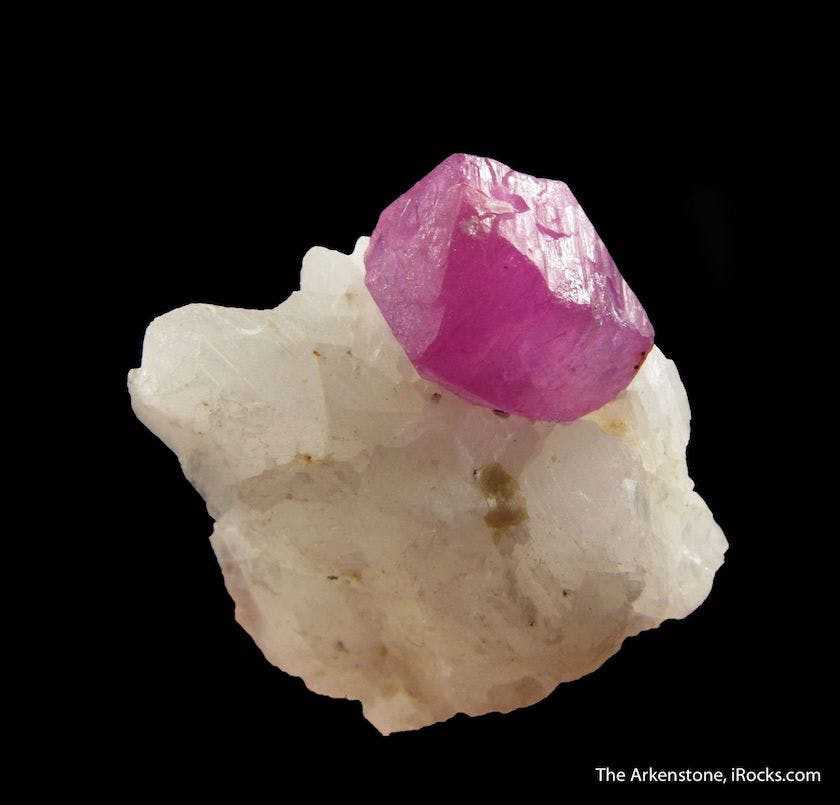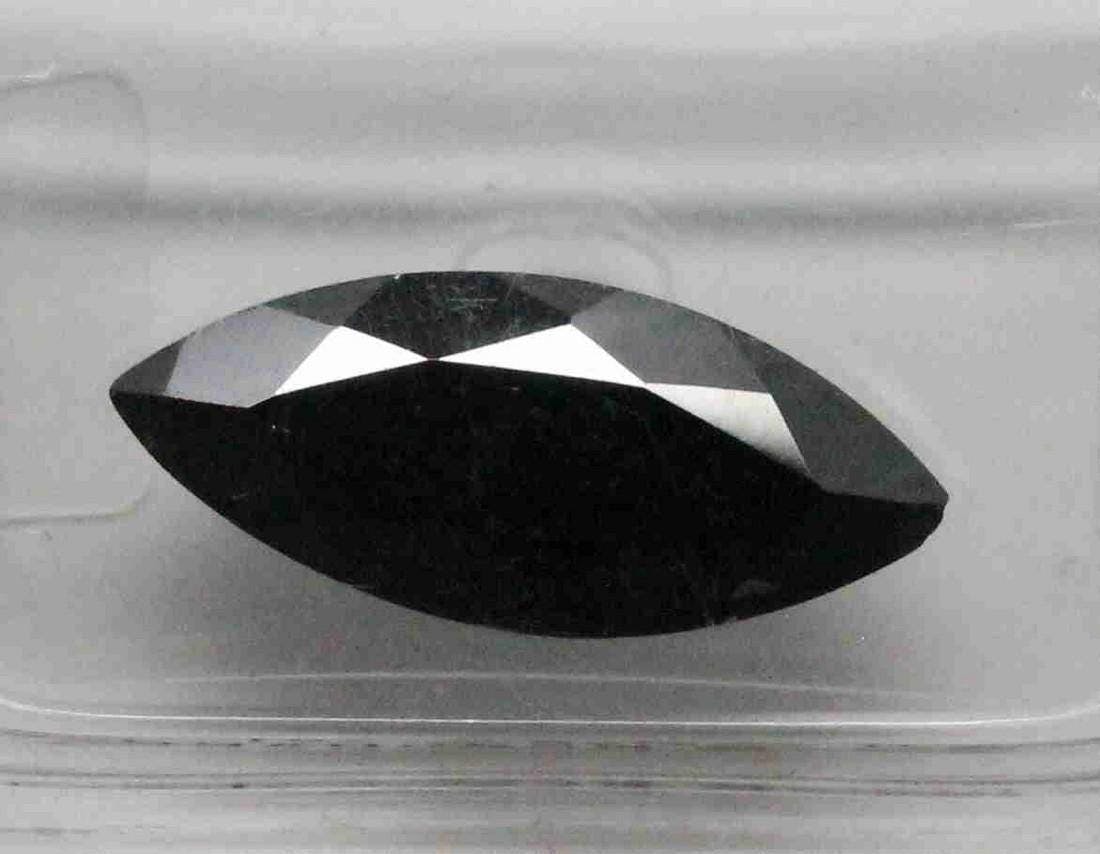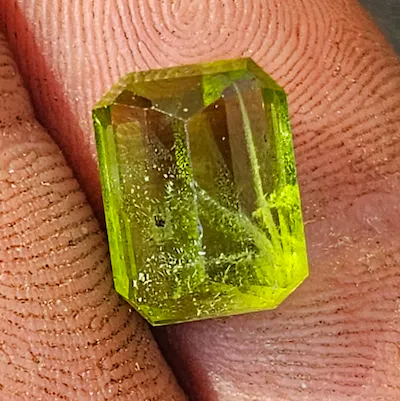News
Do Natural Rubies Fluoresce?
Are you curious about whether natural rubies fluoresce? Well, the answer is yes! Both natural and synthetic rubies have the ability to fluoresce under UV light. However, there are slight differences in fluorescence patterns that can help gemologists distinguish between them. In this article, we will explore these differences and learn how they can be used to identify natural rubies. So, if you’re interested in gemology and want to know more about the fluorescence of rubies, keep reading!
Fluorescence of Rubies from Various Sources
When it comes to the fluorescence of rubies, it’s important to know that both natural and synthetic rubies exhibit this phenomenon under UV light. This is because natural and synthetic rubies have the same chemical composition and physical properties. However, there are slight differences in fluorescence patterns between natural and synthetic stones, as well as between rubies from different sources.
One common method of synthesizing corundum gems, including rubies, is flame fusion. Rubies created through flame fusion tend to fluoresce stronger than natural rubies. This can be a helpful clue for gemologists when it comes to distinguishing between natural and synthetic rubies.
To give you a better idea of how rubies fluoresce under UV light, let’s take a closer look at some examples:
-
Myanmar (Burma) Rubies: Under longwave (LW) UV light, these rubies exhibit a strong red fluorescence. Under shortwave (SW) UV light, the fluorescence is more moderate, appearing as a red glow.
-
Sri Lanka (Ceylon) Rubies: When exposed to LW UV light, rubies from Sri Lanka show a strong orange/red fluorescence. Under SW UV light, the fluorescence is moderate and appears as an orange/red glow.
-
Thai Rubies: In comparison, rubies from Thailand have a weaker red fluorescence under LW UV light. However, they are inert under SW UV light, meaning they do not exhibit any fluorescence.
-
Flame Fusion Rubies (Synthetic): Synthetic rubies created through flame fusion have a very strong orange/red fluorescence under LW UV light. Under SW UV light, the fluorescence remains moderate to strong and appears as an orange/red glow.
-
Flux-Grown Rubies (Synthetic): Rubies synthesized through the flux-grown method exhibit a strong orange/red fluorescence under LW UV light. Under SW UV light, the fluorescence appears as an orangey red and may have a blue tint or areas of blue.
It’s important to note that while fluorescence can provide helpful information in identifying rubies, it is not the sole determining factor. Other gemological tests and evaluations are necessary for a conclusive identification.
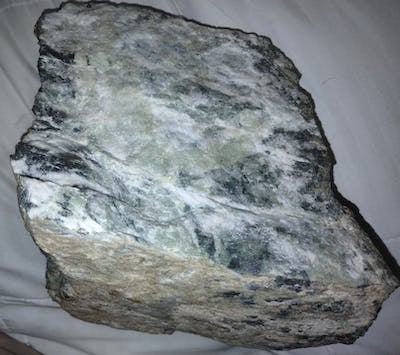
Additional Comments on “Do Natural Rubies Fluoresce?” from the IGS on Facebook
Members of the International Gem Society (IGS) on Facebook also shared their insights on the fluorescence of natural and synthetic rubies. It was pointed out that natural rubies do exhibit some fluorescence, but the fluorescence is more prominent in Burmese rubies.
One member mentioned that raw hexagonal ruby crystals can fluoresce, as well as crystal cross-sections in matrix. This adds another dimension to the fluorescence of natural rubies and further supports the fact that they do indeed fluoresce.
Another member emphasized the fact that synthetic rubies have the same physical, chemical, and optical properties as natural rubies, which means both types of rubies exhibit fluorescence. However, it was reiterated that Burmese rubies tend to fluoresce more prominently than others.
Overall, the comments from the IGS Facebook community confirm that natural rubies, especially those from Burma, have a distinct fluorescence under UV light.
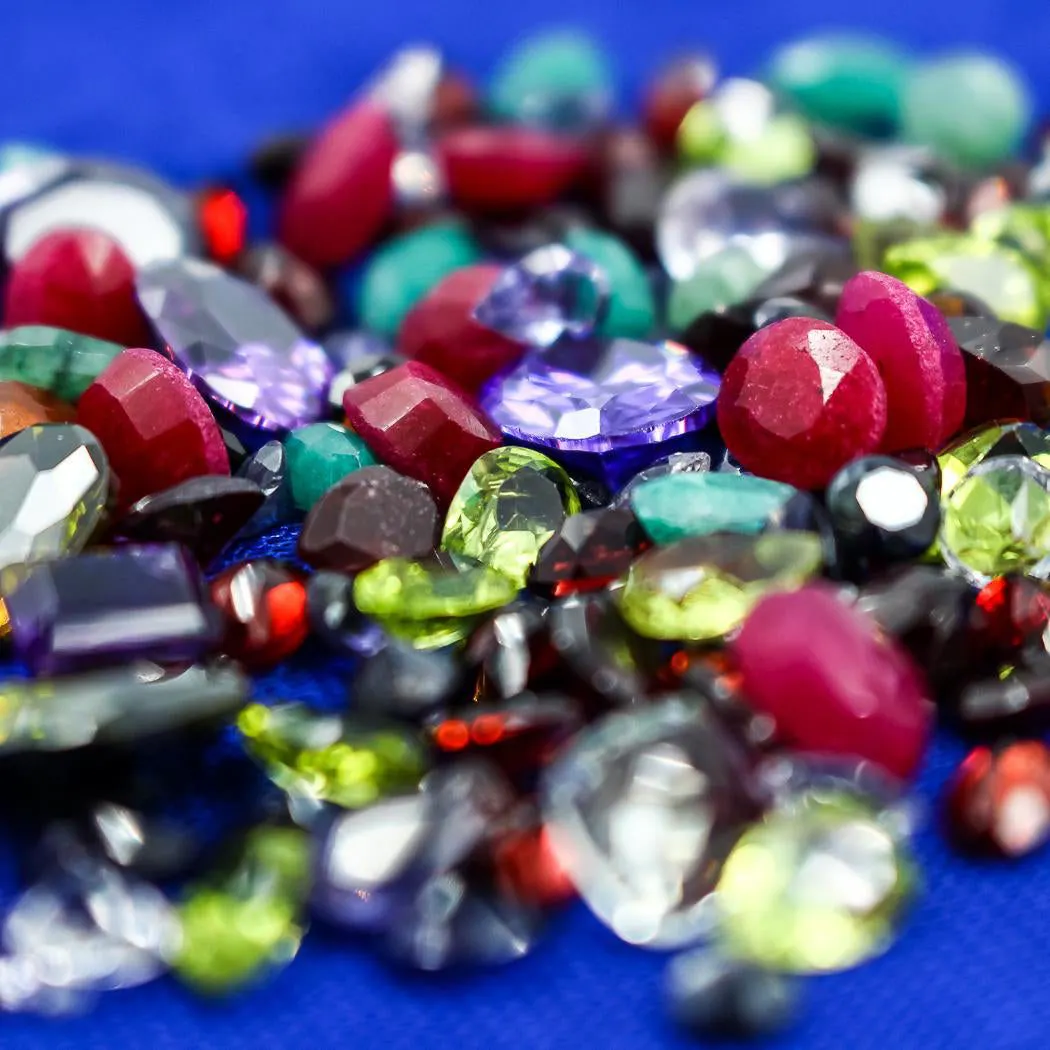
Related Articles
If you’re interested in learning more about rubies and other gemstones, the International Gem Society (IGS) offers a wealth of resources. Here are some related articles that you might find helpful:
-
“Ruby Value, Price, and Jewelry Information”: This article dives into the factors that determine the value and price of rubies, providing useful information for both buyers and sellers.
-
“Gübelin Grades an Exceptional Vietnamese Ruby with ‘Pigeon’s Blood’ Color”: Discover the exceptional beauty of Vietnamese rubies and how they compare to the coveted Burmese rubies.
-
“Appraising Rubies”: Appraising rubies can be a complex task. This article explores the different quality factors that affect the value of rubies and provides insights for professional appraisers.
-
“Common Gemstone Treatments Cheat Sheet”: Gemstone treatments can affect the appearance and value of rubies. This cheat sheet provides a quick reference guide to the most common gemstone treatments.
Feel free to explore these articles to expand your knowledge of rubies and enhance your understanding of the gemstone industry.

Latest Community Discussions
Want to engage with a community of gem professionals, enthusiasts, and industry experts? The IGS community offers a platform for discussions on a variety of topics. Here are some of the latest discussions you might find interesting:
-
“Amethyst Rough Price”: Join the conversation about the pricing of amethyst rough and gain insights from other members of the community.
-
“Is this Jadeite?”: If you’re curious about whether a particular gem is jadeite, this discussion can provide you with valuable input from experienced members.
-
“Gemstone Fraud”: Gemstone fraud is a concerning issue in the industry. Join this discussion to share your experiences and learn from others’ encounters with fraudulent activities.
-
“Peridots with Inclusions”: Share your insights and tips on peridots with inclusions in this engaging discussion.
The IGS community is always open to new members and welcomes everyone with a passion for gemstones.

Never Stop Learning
The IGS offers a wide range of resources to help you continue learning and expanding your understanding of gemology and the world of gemstones. By joining the IGS community, you gain access to:
-
Trusted diamond and gemstone information from industry experts
-
Gemology insights to enhance your knowledge and expertise
-
The Gem ID Checklist, a valuable resource for gemstone identification
The IGS community is a supportive and informative platform where you can connect with like-minded individuals and stay up to date with the latest trends and developments in the world of gemstones.
Don’t miss out on this opportunity to become a part of the IGS community. Join today and embark on a journey of continuous learning and discovery.


